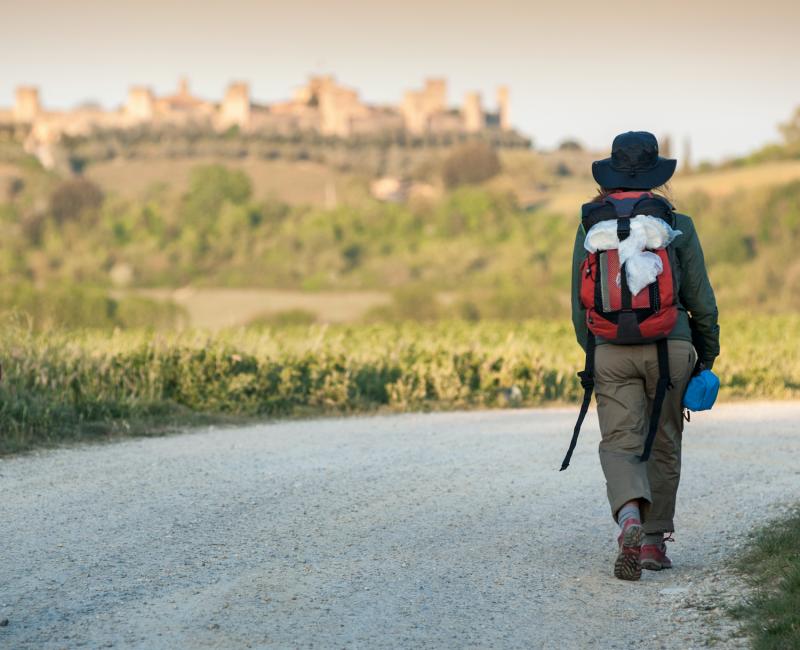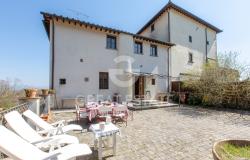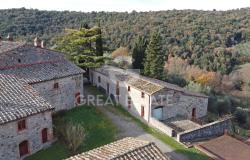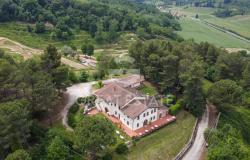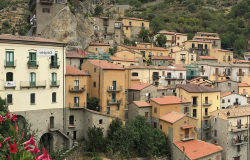Is the walking vacation a temporary travel trend or here to stay?
While the idea of exploring places on foot, moving from one destination to the next with your legs as the only driving force is nothing new for walking enthusiasts, the pandemic seems to have brought walking and hiking vacations to the limelight. In Italy, starting with the summer of 2020, more and more people have ditched the classic seaside holiday, lounging on the beach for hours with the longest walk being the one to the nearest café, and embarked on cammini, long-distance walks, instead.
To keep up with the trend, Italian regions are devising new walking itineraries, often repurposing paths that were used for centuries by pilgrims, traders and soldiers. The latest region to follow suit is Tuscany, who has recently launched the “Atlante Dei Cammini Toscani”, the Atlas of Tuscan Walks.
It only makes sense — because of its geographic location, Tuscany has always been at the center of numerous paths and trails connecting the north to the south of Italy. These ancient paths have been restored and connected and now you can retrace the steps of pilgrims and adventurers, saints and bandits, passing through villages and art cities, visiting farms and artisans. That’s what makes a walking vacation so great, you get closer both to the landscape and to the people of the region you visit.
The dedicated website, curated by the region’s tourism board Visit Tuscany, provides prospective walkers with detailed guidance for each of the seven walks on offer, providing historical context, descriptions of each leg of the route, what accommodation and other tourist services are available, as well as suggestions on places to eat and drink, and what local experiences to try.
There are currently seven itineraries on offer, varying in length and theme, from historical and religious routes to more adventurous hiking trails, to artistic treasures, Unesco sites, and enchanting villages.
The Via Francigena Toscana for example is the Tuscan stretch of the historic pilgrimage route Via Francigena, which begins in Canterbury (U.K.) and ends in Rome. The Tuscan leg crosses the region from north to south, beginning in the woods of Lunigiana, traveling through villages, parish churches and castles, art cities and the Unesco-inscribed Val d’Orcia. To do it all requires 16 days for a total of 394 km, but you can also just walk parts of it.
The Via di Francesco in Toscana is a spiritual walk in the footsteps of Italy’s most famous saint, Francis of Assisi. The itinerary connects many places linked to the life of St. Francis of Assisi in Tuscany, from Florence, where the Basilica of Santa Croce is one of Italy’s most important Franciscan churches, to the Sanctuary of La Verna, where Francesco spent time in solitude.
For the complete list of Tuscan walks, visit the Atlas of Tuscan Walks website.
